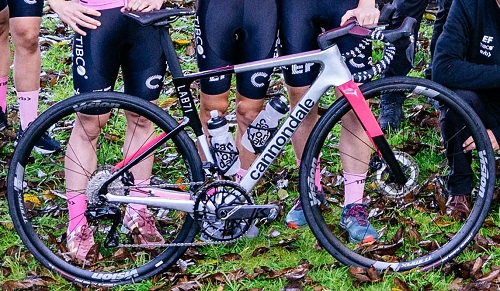
Press Fit or Threaded racing bicycle bottom bracket which one to choose and why all that you don't know
Read also:
2022 Eurobike FRANKFURT all 2023 bicycles bikes news info photo rumors review
2022 EICMA MILAN all 2023 bicycles bikes news info photo rumors review
All 2023 bicycles bikes news info photo rumors review preview
All 2023 racing bikes news info photo rumors review preview
All 2023 mtb mountain bikes news info photo rumors review preview
All 2023 gravel bikes news info photo rumors review preview
All 2023 e-bike news info photo rumors review preview
All the new bikes 2024 news info photos - our sources
2023 Eurobike all 2024 bicycles bikes news info photo rumors review
2023 EICMA MILAN all 2024 bicycles bikes news info photo rumors review
All 2024 bicycles bikes news info photo rumors review preview
All 2024 racing bikes news info photo rumors review preview
All 2024 mtb mountain bikes news info photo rumors review preview
All 2024 gravel bikes news info photo rumors review preview
All 2024 e-bike news info photo rumors review preview
We respond to a reader who asks us if a Press Fit or threaded bottom bracket is better or worse and more precisely what is our opinion on the matter.
We gladly answer, taking a small step back.
In the past there were only two types of bottom bracket: Italian or English.
In fact they were identical, a simple threaded bottom bracket, change the thread, Italian in millimeters, English in inches.
That's all ...
Then we can write rivers of theories and calculations, but it is the practical and real functioning that counts.
The two threaded bottom brackets, Italian or English, are in fact identical.
Why was one chosen over the other?
For historical corporate reasons, for parochialism, for purely commercial reasons, now finding one or the other more convenient.
Then came the "good" ones...
Press fit? The future that advances stiffer, smoother, better at everything?
Maybe even true, but one detail has been omitted ...
At an industrial level, the press-fit is cheaper to make (multiplied by thousands of frames produced)
Commercially the press-fit is more difficult to repair (you have to change the frame)
On a commercial level, you can show a massive bottom bracket, what customers are looking for (it's big but stiff like others)
Then there are other marketing aspects…brand loyalty, making specific cranksets at lower cost etc. etc.
But since what counts is the final result, is a press-fit really superior to a threaded bottom bracket?
NO!
Indeed, a badly made and assembled press-fit with poor quality components (bearings) is much worse than a threaded movement.
Then the real advantages of a press fit on a threaded movement, with the same components and design of the frame, are zero.
So my choice is certainly for a threaded bottom bracket which has many advantages:
It can be easily disassembled, overhauled, replaced.
Disassembly and reassembly of the bottom bracket does not affect the integrity of the frame.
In fact, the frame is eternal, as is the bottom bracket.
In absolute terms, the press-fit could give some advantage, even if the reasons for its birth were very different, i.e. create a cheaper, more exclusive bottom bracket that would leave more room for the design of the frame, to make the customer imagine a run with more performance.
The real advantage, in my view, is not in the stiffness or smoothness, things that are also obtained with a threaded movement, but at least in the "elusive" Q factor, i.e. in a smaller distance between the two cranks.
This shorter distance could lead to more efficient pedaling.
A non-secondary aspect in a professional, in a time trial or on the track, for an amateur, even an advanced one, any advantage is zero.
Because?
Because an amateur develops too few watts to appreciate certain differences, because he has many other posture and pedaling errors, so the millimeter less on the distance between the two cranks is in fact zero.
In the end, also in my experience, a good threaded bottom bracket is better.
An amateur is not a professional, he doesn't develop 1600 watts, he doesn't change his bike after every race, he doesn't have a mechanic in tow and above all he pays for the repairs out of his own pocket.
Now is it worth it, solely and exclusively to have a bicycle like a Pro, to face all these disadvantages?
The answer to you ...
P.S.: the market, i.e. the cyclist, has made its choice, as with so many other things, the result is racing bikes weighing over 7KG that cost 15,000 euros, 30 million old lire, with maintenance costs that grow dramatically year after year ... let him who is ill of his evil not cry over spilled milk ...
